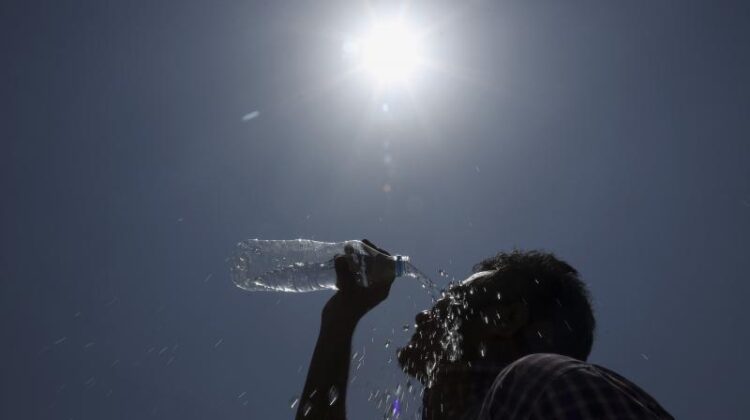Hyderabad: As the temperature continues to rise across the state, the TS Development Planning Society (TSDPS) on Monday unveiled the heatwave action plan for the season.
This plan details guidelines on the steps to be taken by the state and district administrations for minimising the impact of heatwaves. Its primary objective is to ensure that there are no fatalities among sections of the population which are most at risk during a heatwave, and reduce heat-related illnesses.
The revenue and disaster management department will coordinate the heatwave preparedness and mitigation activities, the action plan said. State-level consultations are organised with line departments and collectors.
Weather data would be collected from the 1,044 automated weather stations (AWS) of the TSDPS located across the state on an hourly basis to make possible real-time analysis and a three-day forecast of heatwaves. The TSDPS will review the plan in association with the revenue and disaster management department and Unicet, Hyderabad.
The TSDPS is also going to use the heat vulnerability index for the hot season.
A hazard vulnerability analysis was carried out based on heatwave and severe heatwave conditions over every mandal in the state for the last seven years. It revealed that three mandals were vulnerable to severe heatwaves, 62 were critical, 187 were semi-critical, vigilance was required in 316 mandals and only 21 were placed in the safe category. Over 1.37 crore people live in the severe, critical, and semi-critical heat zones in the state.
The report said that Covid-19 patients or those who had recovered from the disease were presumed to be more vulnerable to heat stress, including outdoor workers returning to the workplace.
“Vulnerable populations may be in more precarious social and economic conditions due to Covid-19, including from lost wages, increased isolation, and strains or gaps in social networks. This can increase vulnerability to heat risk by limiting healthcare access, transport options, food security and utility access,” the document said.
The report cautioned that health services and systems will need to prepare for a potential increase in patients during heatwaves, at a time when they are already stretched with Covid-19 patients. In addition, healthcare workers wearing personal protective equipment (PPE) working in inadequately cooled conditions are also at high risk of heat stress.
…
This article is auto-generated by Algorithm Source: www.deccanchronicle.com


